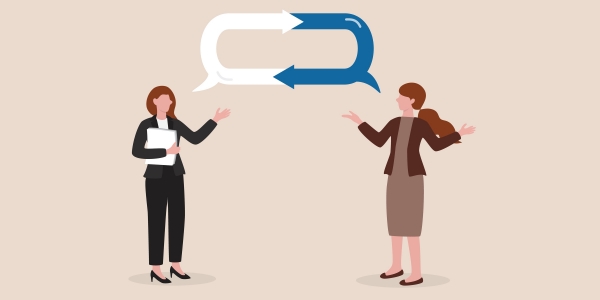As the multigenerational U.S. workforce’s largest age cohort, millennials account for more than one-third of employees. While some may feel they are treated unfairly because of their age, others are now actually old enough to be legally protected against age discrimination in the workplace.
The exact birthdate range for millennials will vary depending on whom you ask — in fact, anyone born on the cusp years may be willing to fight you on it. However, the Pew Research Center identifies this group as people born between 1981 and 1996. Quick math: a bunch are soon turning 40, if they haven’t already.
Additionally, Gen Z workers are the new kids on the block, so millennials risk facing ageism from older and younger coworkers in different ways.
What is ageism in the workplace?
Age discrimination is the unfair treatment against an employee because of how old they are. Roughly one-third of people believe they have been treated unfairly at work due to their age.
Although the Age Discrimination in Employment Act (ADEA) generally only protects people 40 years or older, many workers face unfair treatment or bias for being young as well. A study reported by SHRM found the most common age-related stereotypes to be:
- Younger workers are inexperienced (70%) and disloyal to organizations (58%).
- Older workers are incompetent with new technology (68%) and resistant to change (64%).
Unfortunately, some business leaders and HR professionals incorporate these age-related stereotypes into their hiring decisions, routine operations, organizational change, and job promotions.
Millennials stuck in the middle
As millennials enter their forties, they’re not just facing the usual criticisms from older generations about laziness, participation trophies, and avocado toast splurges. Zoomers might find them cringe-y (or “cheugy”) as well.
While many millennials have advanced to management roles, they’re not quite at the top: The average age of incoming CEOs is 55, solidly Gen X.
So, millennials could seem too experienced for entry-level positions (if they’re attempting to start a new career) and too inexperienced for senior-level ones, potentially narrowing their employment options during a time of layoffs in tech, marketing, media, and other millennial-heavy industries.
What can you do to prevent ageism?
It’s important that millennials hitting 40 are informed of their ADEA legal protections. Additionally, every organization should work to combat age stereotyping of any type.
To stop your workforce from judging each other because of their age, you can:
- Reevaluate your recruitment and hiring processes to remove age-related information and assumptions. SHRM found that 19% of HR professionals think hiring managers at their organizations are creating job descriptions that screen out certain workers based on their age.
- Train managers on how to make unbiased job-related decisions.
- Survey your workers to identify any areas for improvement.
- Incorporate age-related issues into DEI training; only half of organizations with DEI training include information about age.
Employees of all ages can bring value to your organization. Older workers might bring wisdom and experience, whereas younger workers might bring a fresh perspective and new techniques. At this point in millennials’ lives and careers, they might bring the perfect balance of each.








